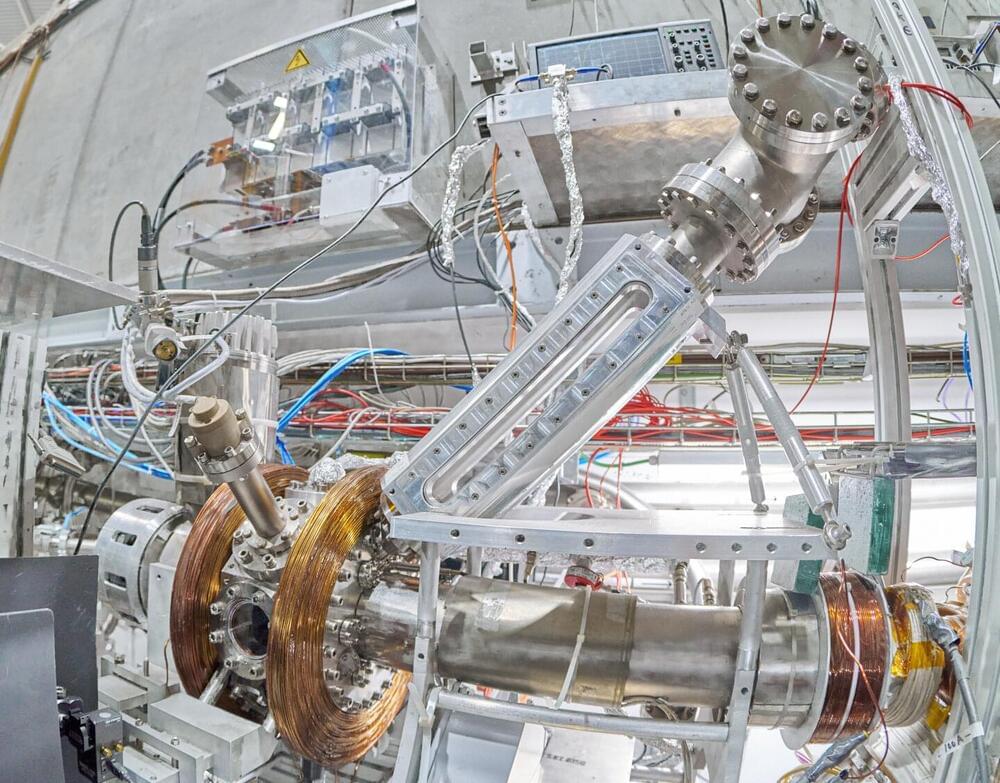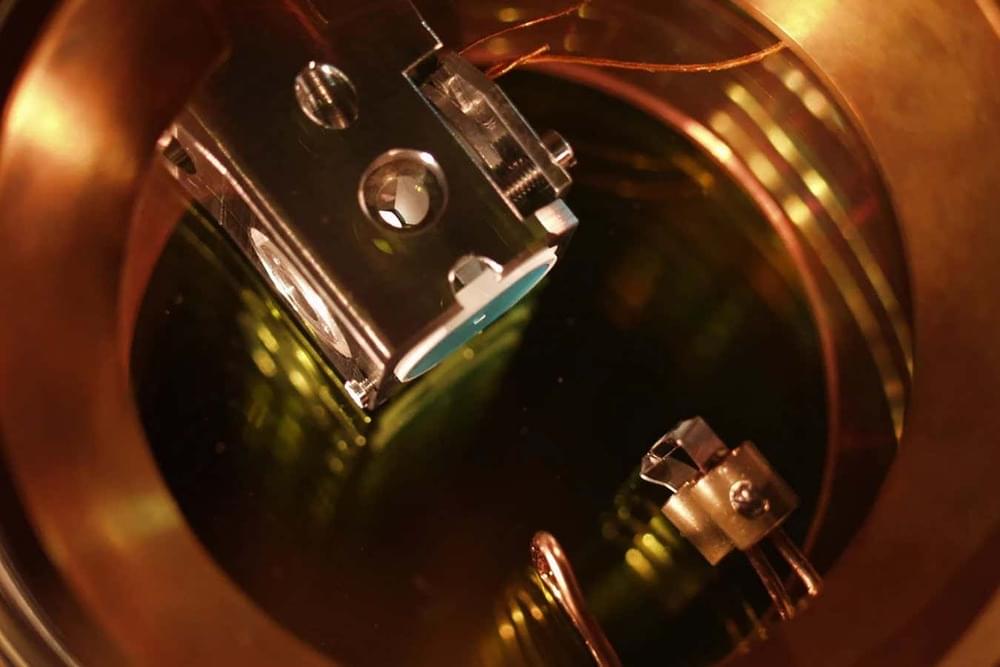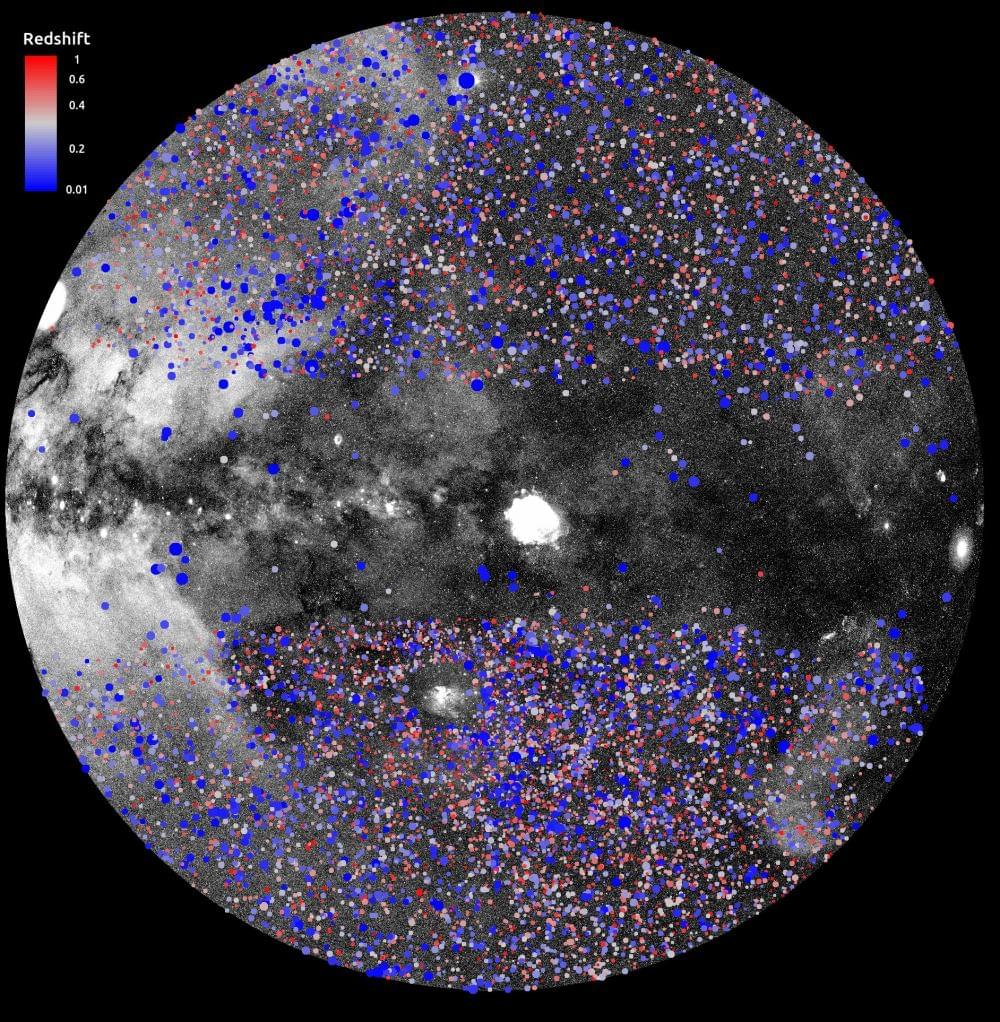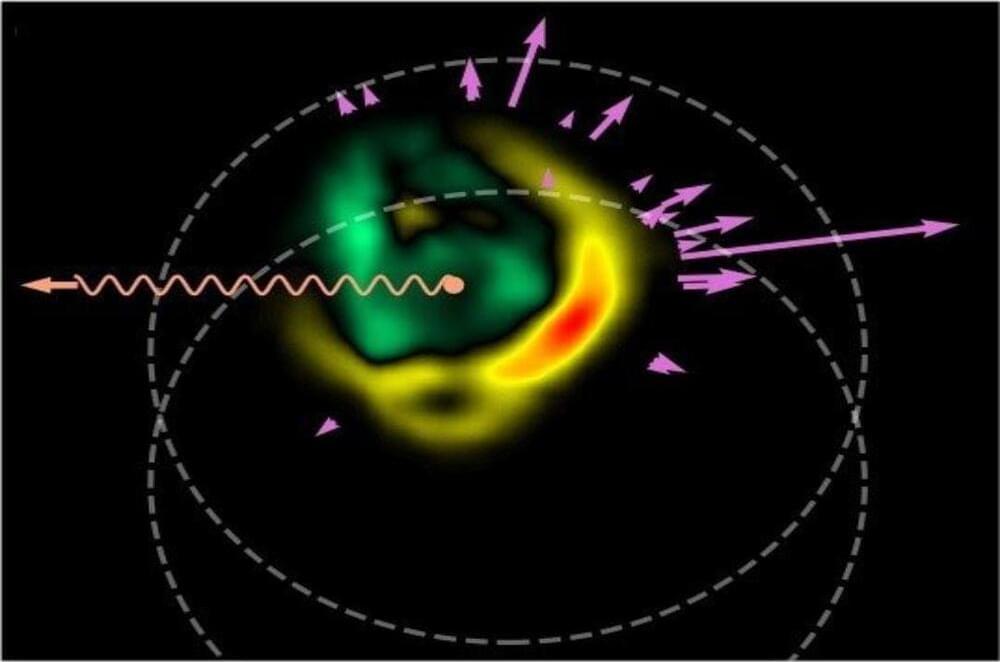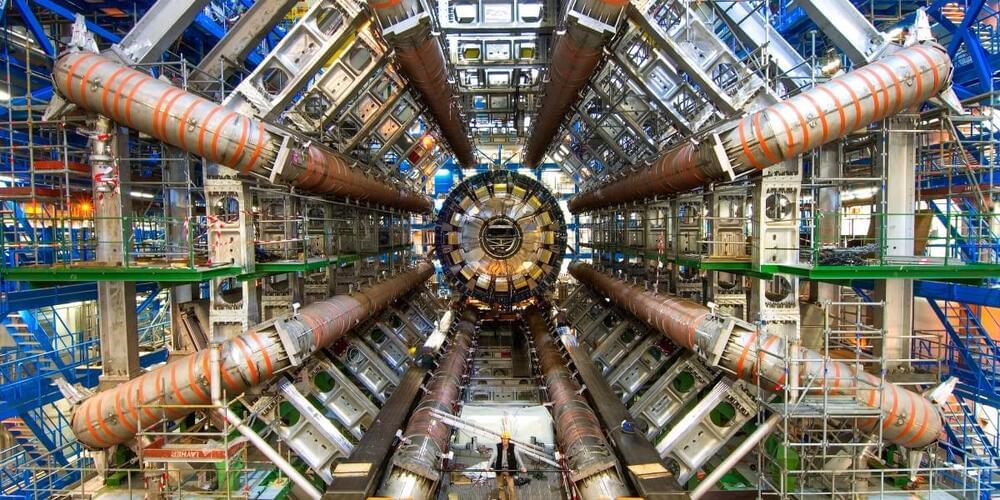Feb 23, 2024
Experiment paves the way for new set of antimatter studies by laser-cooling positronium
Posted by Saúl Morales Rodriguéz in categories: particle physics, space
AEgIS is one of several experiments at CERN’s Antimatter Factory producing and studying antihydrogen atoms with the goal of testing with high precision whether antimatter and matter fall to Earth in the same way.
In a paper published today in Physical Review Letters, the AEgIS collaboration reports an experimental feat that will not only help it achieve this goal but also pave the way for a whole new set of antimatter studies, including the prospect to produce a gamma-ray laser that would allow researchers to look inside the atomic nucleus and have applications beyond physics.
